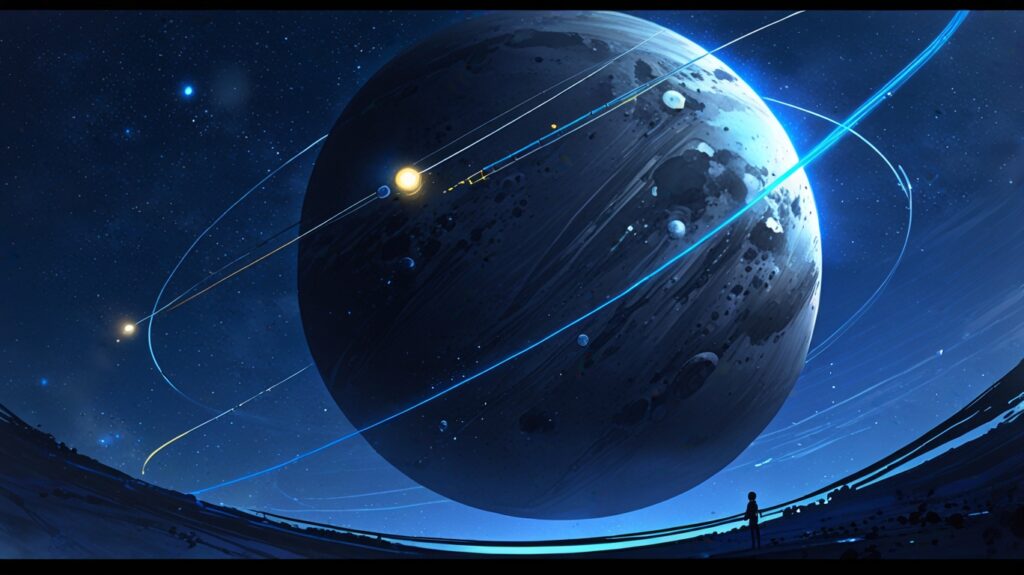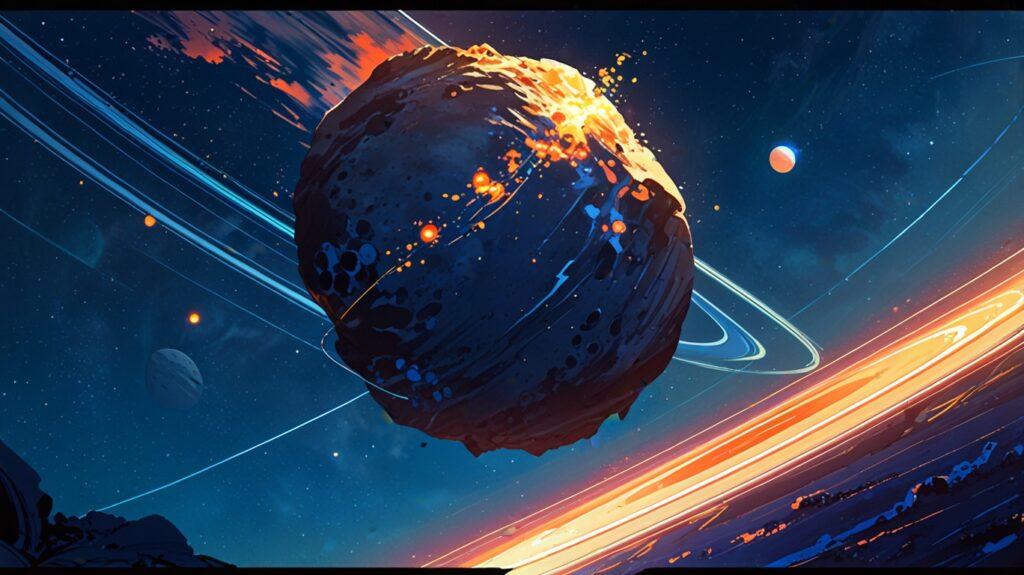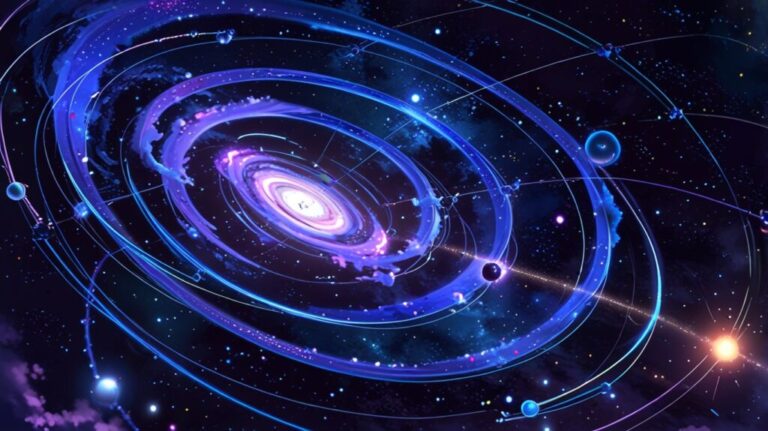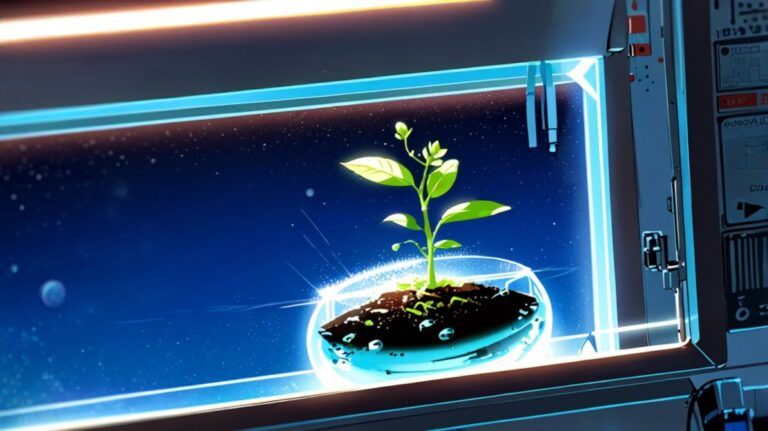Can Venusian asteroids threaten Earth’s safety?
Can Venusian Asteroids Threaten Earth’s Safety?
Okay, I get it. “Venusian asteroids” sounds like the name of a 90s rock band or a low-budget sci-fi movie. But stick with me — because this is a real thing, and it’s kind of wild once you understand what’s going on.
So here’s the big question:
Can asteroids that orbit near Venus — a.k.a. Venusian asteroids — actually pose a threat to Earth?
The answer is: yeah, potentially… but it’s complicated.
Let’s break it all down in the most human, no-jargon, space-is-cool-but-also-kinda-scary way possible. Like we’re just having a chill late-night chat under the stars, wondering how many ways the universe might try to yeet a space rock at us.
First: What Even Is a Venusian Asteroid?
Alright, let’s clear this up. When we say “Venusian asteroid,” we’re talking about asteroids that have orbits that bring them close to Venus, or sometimes even within Venus’s orbit around the Sun. They’re not from Venus itself (Venus doesn’t launch rocks at us, promise), but their path through the solar system is influenced by Venus’s gravity.
And here’s the thing: these asteroids don’t just chill near Venus forever. Their orbits can change over time — because space isn’t static. Gravity from other planets (especially Venus, Earth, and Jupiter) can nudge, pull, or straight-up throw asteroids into new paths. Sometimes, that path heads… uncomfortably close to Earth.
So How Do These Asteroids Move Toward Earth?
This is where gravity gets messy.
Asteroids are constantly being jostled around by gravitational forces — it’s like they’re in an endless cosmic bumper car arena. One big nudge from Venus’s gravity or a subtle shift from the Sun’s heat (through something called the Yarkovsky effect) can cause an asteroid’s orbit to drift over time.
Some of these once-quiet Venusian asteroids can evolve into Earth-crossing asteroids. That means their orbit intersects with ours at some point — and when that happens, the question changes from “can they reach us?” to “will they?”
Now, to be clear — most of these rocks miss us by millions of kilometers. But sometimes, one gets close enough to be worth watching. And that’s why astronomers track near-Earth objects (NEOs) like it’s their full-time job (because, well, it is).




Have We Found Any of These Venusian Neighbors?
Yes — and they’re pretty rare. It’s actually hard to find asteroids inside Venus’s orbit, because:
- They’re super close to the Sun from our point of view (makes them hard to spot with telescopes).
- The Sun’s glare kind of washes them out.
- They move fast and don’t hang out where we can easily look.
But in 2020, scientists confirmed the first known asteroid entirely within Venus’s orbit. It’s called 2020 AV2, and it belongs to a class called Vatira asteroids — these are ultra-rare space rocks whose orbits are closer to the Sun than Venus’s.
It’s a big deal, not just because it’s cool, but because if we’re finding these now, it probably means there are more of them — and some might have orbits that gradually shift toward Earth.
Could One Actually Hit Us?
Let’s not panic. Right now, there’s no known Venusian asteroid on a collision course with Earth. That said, there’s always a chance that one could get nudged just enough to enter Earth’s neighborhood.
It’s like having a neighbor who lives three blocks away. They’re not bothering you right now, but if their GPS gets weird and they start taking side streets, they might end up in your driveway. And if that neighbor is a 200-meter-wide asteroid, yeah — we’d want some warning.
That’s why NASA and other space agencies are always:
- Tracking new objects
- Calculating orbital paths
- Predicting future movements
There are even missions like DART (the one that smacked an asteroid to test if we could deflect it) specifically designed to prepare for this kind of situation.
Why This Matters (Even If the Odds Are Low)
Even if a Venusian asteroid doesn’t hit us tomorrow — or ever — studying them still matters for a few big reasons:
- Early Warning = Better Response
The more we know about these objects now, the better prepared we are if one ever does get too close. - They’re Clues to the Past
Asteroids are leftovers from the early solar system. Studying their orbits, compositions, and weird behavior helps us understand how the solar system formed and evolved. - Future Missions
Venus-crossing asteroids could be great candidates for robotic missions — or even sample return missions — because they’re closer to the inner solar system and more accessible than you might think.
So yeah, even if they never hit Earth, they’re still important to study.
Final Thoughts
So, can Venusian asteroids threaten Earth’s safety?
In theory? Yes.
In practice? Not right now, but we’re keeping an eye on them.
These are the quiet wanderers of the inner solar system — rare, mysterious, and potentially dangerous if the right (or wrong) combination of events sends them our way. But instead of panicking, we observe, calculate, and prepare. Because that’s what we do when we live on a rock that’s also hurling through space.
The universe is chaotic. But with enough eyes on the sky and the right tools in place, we’ve got a decent shot at staying one step ahead.
Related Articles from EdgyThoughts.com:
What If the Phoenix Myth Was Historical Truth?
https://edgythoughts.com/what-if-the-phoenix-myth-was-historical-truth/
External Resource:
Explore more about near-Earth objects and asteroids:
Near-Earth object – Wikipedia





